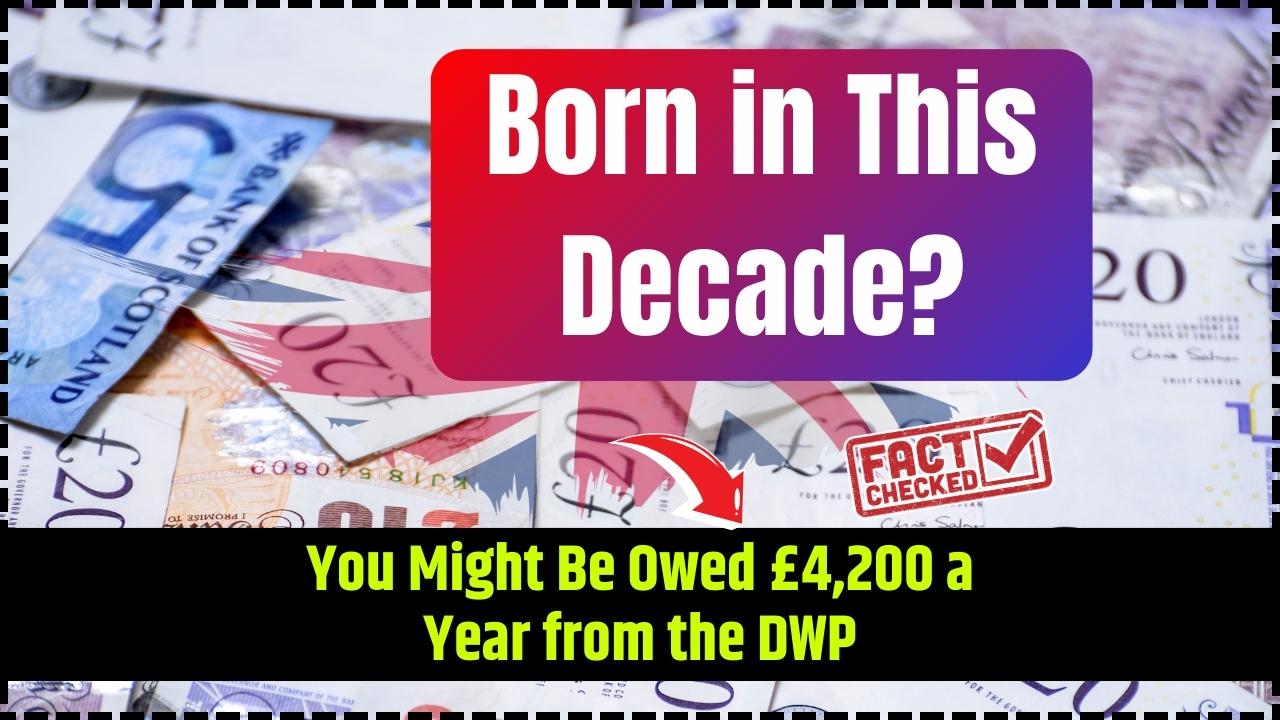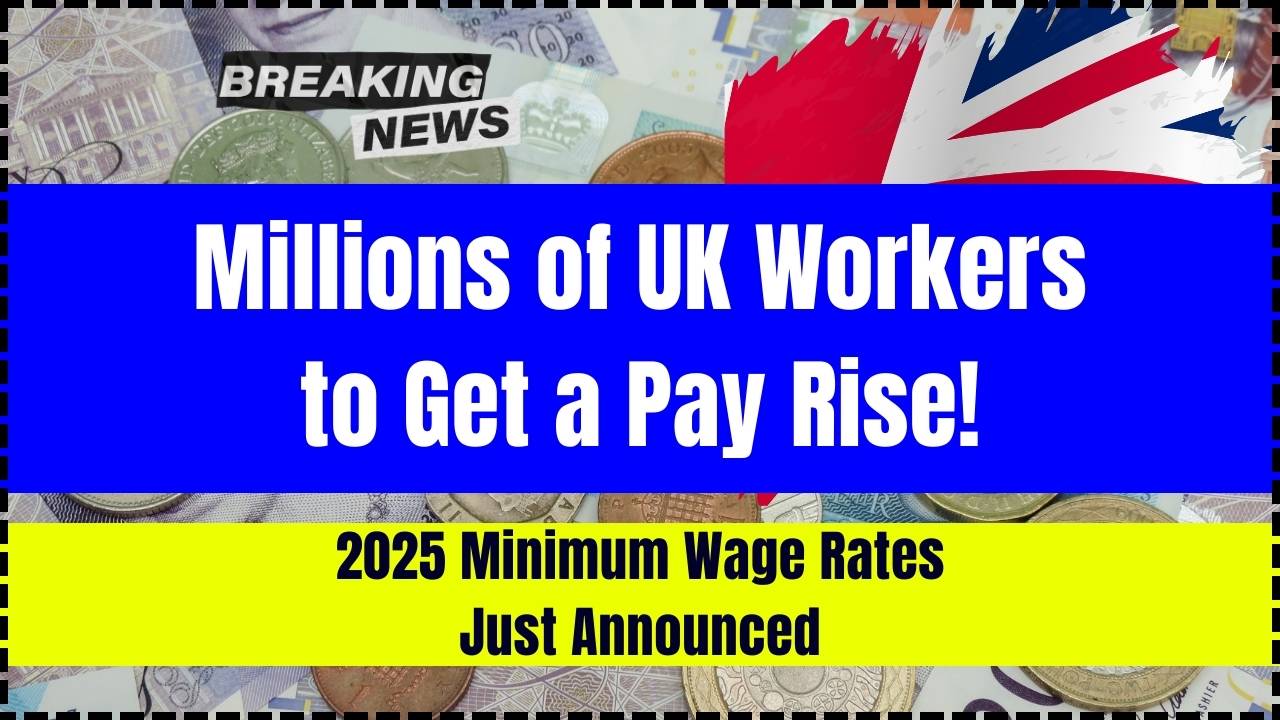$2,831 Social Security Checks: If you’re planning to retire early and eyeing that $2,831 Social Security check at age 62, you’re probably wondering: How do I qualify? Is that amount realistic? You’re not alone. While $2,831 per month sounds great, the truth is—it’s not for everyone. To reach that maximum benefit at age 62 in 2025, you’ll need to meet four specific requirements. In this friendly yet professional guide, we break it all down so that whether you’re a 10-year-old curious about grandma’s retirement or a seasoned pro working toward your golden years, you’ll walk away informed and ready to act.
$2,831 Social Security Checks
Getting the $2,831 monthly Social Security check at age 62 is possible—but only if you’ve been earning like a top-tier professional for decades. For everyone else, Social Security is still a vital part of retirement, but one piece of the puzzle. Plan smart, work long, and check your earnings yearly. The key is to use Social Security as a tool—not your whole toolkit.

| Criteria | Details |
|---|---|
| Maximum Monthly Benefit at 62 | $2,831 |
| Average Monthly Benefit at 62 | $1,298 |
| Full Retirement Age (FRA) | 66 yrs 10 mos (for those born in 1959); moving to 67 |
| Max Benefit at Age 70 | $5,108 |
| Max Taxable Earnings (2025) | $176,100 |
| Earnings Limit Before FRA | $23,400 |
| COLA Increase 2025 | Estimated at 2.5% |
| Official Website | ssa.gov |
What Does the $2,831 Check Actually Mean?
The $2,831 benefit is the maximum Social Security check you can get if you retire at 62 in 2025. But this isn’t average—it’s for top earners with a long, consistent work history.
“Most Americans won’t receive that much unless they’ve earned at or above the Social Security wage cap for 35+ years.” – SSA Retiree Guide 2025
Let’s explore what it takes to qualify.
The 4 Key Rules to Get the $2,831 Social Security Checks
1. Start Collecting at 62 (Early Retirement Age)
You must claim benefits at 62 in 2025. This is the earliest age you can start Social Security. But remember, it’s a reduced amount from what you’d get at full retirement age.
2. Work at Least 35 Years
Social Security uses your highest 35 years of earnings to calculate benefits. Fewer years = more zeros = less money.
3. Earn the Max Taxable Amount
You need to have earned at or above the wage cap—$176,100 in 2025—each of those 35 years. That’s the bar to hit the ceiling benefit.
4. Your Jobs Must Be Covered by Social Security
Not all jobs count. Government jobs and certain public sector roles don’t pay into Social Security, which can reduce or eliminate your eligibility.
Example: Meet John and Mary
- John, a tech executive, earned $200,000+ for 35 years and retires at 62. He qualifies for the $2,831 check.
- Mary, a teacher in a state with no Social Security coverage, retires at the same age. Despite her career, she only gets $1,250 monthly due to WEP (Windfall Elimination Provision).
Real Talk: What If I Don’t Qualify?
Don’t worry. Most folks don’t hit the max. In 2024, the average Social Security check at age 62 was around $1,298. That’s still something to build on.
If you’re in your 40s or 50s now, focus on:
- Maxing out earnings when possible
- Delaying benefits if you can afford it
- Filling out all 35 years of work history
- Creating a mySocialSecurity account to track progress
Comparison: Early vs. Full vs. Late Retirement
| Age You Start | Max Monthly Check |
|---|---|
| 62 | $2,831 |
| 66 (Full) | $3,795 |
| 67 | $4,043 |
| 70 | $5,108 |
Delaying retirement pays. Holding out until 70 increases your monthly benefit by over 80% compared to retiring at 62.
Extra Tips to Boost Your Retirement Strategy
- Use 401(k)/IRA to supplement your income if delaying benefits.
- Work part-time without breaching the $23,400 earnings limit.
- Avoid taxes on benefits by keeping income under $25,000 (single) or $32,000 (married).
- Ask a professional: Consider consulting a Social Security-credentialed advisor.
What Could Go Wrong?
- Retiring too early could lock you into lower payments forever.
- Assuming COLA will cover inflation—not always true.
- Relying only on Social Security—you’ll likely need more income to maintain your lifestyle.
Other Retirement Income Programs
- SSI (Supplemental Security Income) – Based on need, not work history.
- Federal Pensions – Often replace or reduce SS benefits.
- Military Retirement Pay – Sometimes combines with Social Security later in life.
Trump Said No Cuts to Social Security; But These New Moves Say Otherwise
Social Security’s Big Change Isn’t Enough; Thousands Still Face 50% Benefit Reductions
Think the Social Security Fairness Act Helped You? Some Seniors Are Still Getting Short-Changed
FAQs
Q: Can I get $2,831 if I didn’t work for 35 years?
A: Highly unlikely. SSA averages your top 35 years—shorter work histories lower your benefit.
Q: Will COLA keep my benefits strong against inflation?
A: It helps, but doesn’t always match real-world inflation. Plan for a gap.
Q: Is Social Security going bankrupt?
A: No, but benefit cuts may occur around 2035 if Congress doesn’t act.
Q: Can I still qualify if I worked part of my career abroad?
A: Maybe, but foreign work may not count unless it paid into Social Security or a totalization agreement exists.





